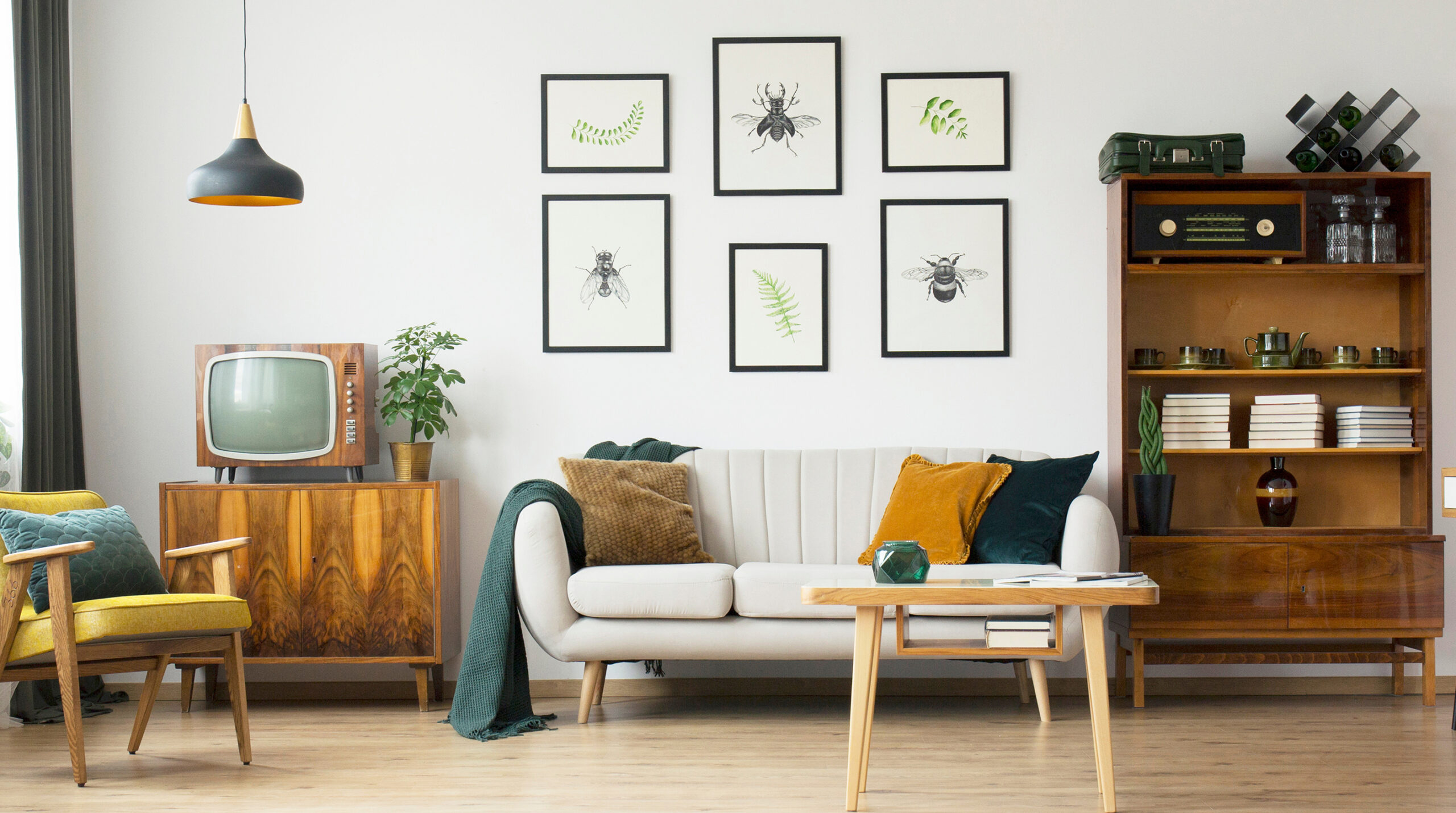By Barbara Kaplan
Even though our visual sense can be dominant, we must not neglect the other key senses we possess when decorating our homes. Generally, we look to see what is visually pleasing, but we often forget our other senses and ignore their satisfaction – and sometimes our own well-being. For instance, what do we like to hear around us? Do we like the sound of birds singing? Or do we prefer the news playing on the TV in the background? What do we like to smell? Is it dinner cooking or the fragrance of flowers in a vase? What do we like to taste? Maybe it’s the first flavor of the day: juice or perhaps coffee with our favorite creamer. And what is our favorite thing to touch? Is it the fabric on our favorite chair or the soft skin of a child’s cheek?
Our senses help us express who we are, and they can both consciously and unconsciously show up in our behavior and choices. Our environment is full of stimuli which call upon our senses to react. We call upon familiar sights, sounds, smells, textures, and tastes so that we are comfortable. We also look to the unfamiliar to provide a sense of adventure or stimulation and to arouse our interest. When we are unaware of what’s stimulating us, we may be pulled in a negative direction and struggle to make sense of our world. We may become sad, angry, or lose our patience. When we’re stimulated by something pleasant, like touching the fur of our favorite pet or tasting a delicious piece of homemade apple pie, we may suddenly feel happy, creative, or have a burst of energy. Our environment and everything that surrounds us invokes a response that impacts our mood, viewpoints, and the choices we make.
 When choosing textiles or patterns to stimulate us positively, consider a color palette from nature or letting the outdoors inspire you through various textures and materials that allow you to connect with the earth around you. Work to maximize the natural light in your space through the addition of large mirrors or lighter paint colors.
When choosing textiles or patterns to stimulate us positively, consider a color palette from nature or letting the outdoors inspire you through various textures and materials that allow you to connect with the earth around you. Work to maximize the natural light in your space through the addition of large mirrors or lighter paint colors.
Lighting is key to creating the mood and feeling of each space in your home, and it can even evoke different emotions. Shadows created by low-level, warm-hued lighting add interest and ambience, making us feel cozy and calm, while daylight-hued bulbs provide full-spectrum lighting that makes us feel energetic and mentally alert.
Touch is the first sense developed after we are born and is associated with caring and love. It is equated to intimacy in our environment and helps to give us stability. When we consider touch and the feeling of fabrics, the amount of padding in a chair, or the way it surrounds our body, we must remember that our entire body is a receptor. Choosing the right textiles and furniture shapes and styles that provide us feelings of comfort and satisfaction, relaxation, or safety can be extremely unique to us as individuals.
It is important for us to be aware of our senses and how our surroundings affect us, as they can either work for or against us in our everyday lives, and even in our healing process. When we become conscious of the world around us and how every part of our surroundings makes us feel, only then can we be fully-conscious advocates for our own health and wellness.





